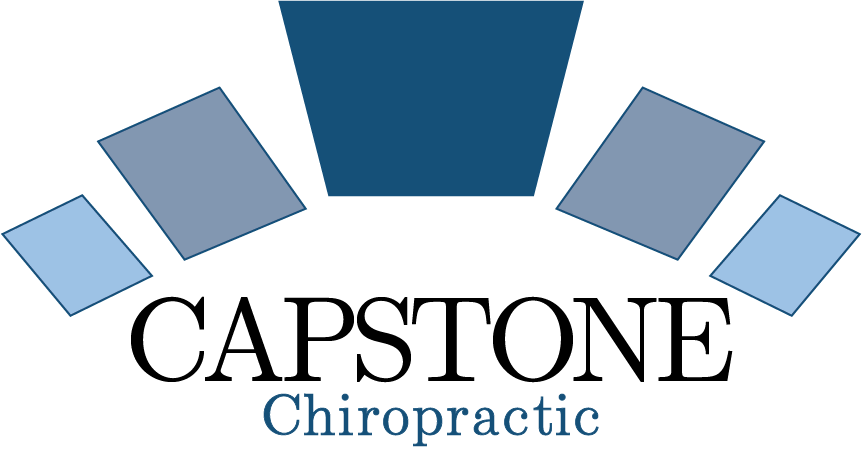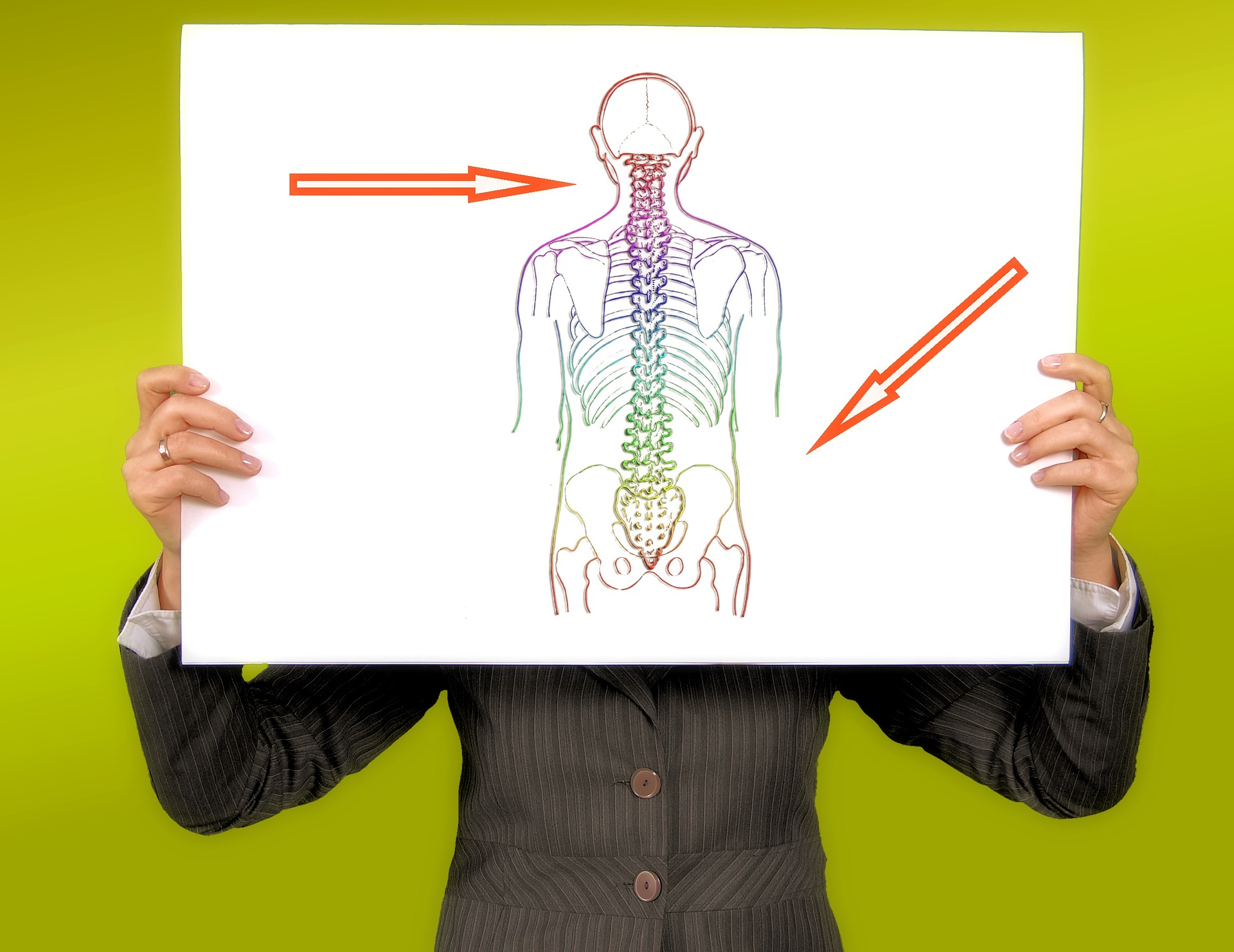Prepare for a new experience in your health and well-being! We look forward to assisting you on your journey to feeling good again! From the moment you arrive for your first visit, you can feel confident that our doctor and staff will provide their best treatment for your quickest return to health.
Your First Visit
Phase 1: Relief Care

Thumbs up to Relief!
Many people go to a chiropractor because they are in pain. In this first phase of care, the main goal is to reduce your symptoms. Sometimes this will require daily visits, or two to three visits per week for a time.
Most people are under the assumption that if they don't feel any pain that there is nothing wrong with them—that they are healthy. Unfortunately, pain is a very poor indicator of health. In fact, pain and other symptoms frequently only appear after a disease or other conditions has become advanced.
For example, consider a cavity in your tooth. Does it hurt when it first develops or only after it has become serious? How about heart disease? Regardless of whether you are talking about cancer, heart disease, diabetes, stress or problems with the spine, pain is usually the last thing to appear. When you begin chiropractic care, pain is also the first symptom to disappear, even though much of the underlying conditions remain.
Phase 2: Corrective Care

Teaming up for Optimal Health
Most chiropractors regard the elimination of symptoms as the easiest part of a persons care. If all that the chiropractor does is to reduce the pain and stop there, the chances of the condition recurring are much greater. In order to prevent a rapid recurrence of symptoms, it is necessary to continue receiving care even though your symptoms are gone.
During the correction/restorative phase of your care, you will not have to receive adjustments as often as you did during the first phase of care and, depending on your particular circumstances, you may begin doing exercises and stretches either at the center or at home to help accelerate your healing.
Do not be discouraged if you have mild flare-ups in your symptoms on occasion. This is normal. Flare-ups are bound to occur during this phase because your body has not fully healed. Depending on the severity of your injury or condition and how long you have been suffering from it, this phase of your care may last anywhere from a few months to a couple of years.
Phase 3: Wellness Care

Maintenance is Key to Healthy Living
Once your body has fully healed, routine chiropractic care can help ensure your physical problems do not return and keep your body in optimal condition. Just like continuing an exercise program and eating well in order to sustain the benefits of exercise and proper diet, it is necessary to continue chiropractic care to ensure the health of your musculoskeletal system.
When you make routine chiropractic care a part of your lifestyle, you avoid many of the aches and pains that so many people suffer through, your joints will last longer, and you will be able to engage in more of the activities you love.
When you make the effort to be healthy you are not reactionary, but proactive. You will be able to avoid many of the problems that affect people.This does not mean that you will never have health problems or injuries, but it does allow you to live your life as full as you are possibly able. You can live life to the fullest and enjoy more of the activities that you love.







